With an Amazon FBA business, nobody likes to waste money on something that isn’t going to eventually make money. But we all do it. We all spend money on inventory that we think will bring back a return on our investment (ROI), only to have it sit in the FBA warehouse without a sale. And it sits. And sits. And sits. Until finally, there’s nothing to do but call it what it is: “dead” inventory.
Right now I’m betting you have some dead inventory that is slowly sucking money from your regular disbursements through monthly storage fees and slowly sucking your time by repeatedly repricing it month after month, to no avail. At some point, you need to pull the plug on that inventory, take it off life support, and move on to better selling products.
Recently, I posted the following update on the Full-Time FBA Facebook group page:
This post prompted a group member to ask the following question:
What a great question! In the rest of this blog post, I’ll share with you how I determine what inventory I’m declaring dead and how I was able to remove that inventory for free.
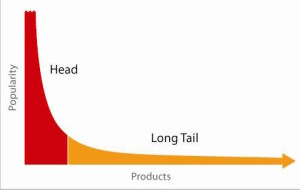 First, let’s look at the question of dead inventory versus long tail inventory. In this instance, the definition of “long tail” means an inventory item that has a high enough ROI that you are willing to wait a long period of time before you get the sale on Amazon. This type of inventory can be very profitable if you originally purchase it for a low price (think less than $2 at a garage sale or thrift store) with a high ROI. If you can buy lots and lots of these types of items, you can build a very nice pipeline of inventory that over time will give you good profits.
First, let’s look at the question of dead inventory versus long tail inventory. In this instance, the definition of “long tail” means an inventory item that has a high enough ROI that you are willing to wait a long period of time before you get the sale on Amazon. This type of inventory can be very profitable if you originally purchase it for a low price (think less than $2 at a garage sale or thrift store) with a high ROI. If you can buy lots and lots of these types of items, you can build a very nice pipeline of inventory that over time will give you good profits.
The problem is when the pipeline gets clogged and you have inventory that doesn’t move. At some point you have to determine if certain items will ever sell, or if they’re only going to sit there on the warehouse shelves, creating digital clutter in your Seller Central inventory. At this point, I would consider it dead inventory.
From time to time I like to go through my inventory and see if I have dead inventory that I need to deal with. I have two methods for searching Seller Central to find potential dead inventory:
1. Search through your oldest inventory items.
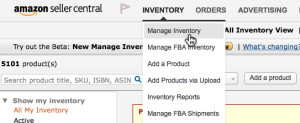 1. Log in to Seller Central.
1. Log in to Seller Central.
2. On the top left of the screen, click “Inventory.”
3. On the left sidebar, under “show my inventory,” click on “Active.” This will show you what items are currently in stock (no need to remove something you don’t have in stock anymore).
4. The default setting is to sort your inventory by Merchant SKU, so change that to sort your inventory by date created. This will show you the items that have been in a FBA warehouse the longest.
2. Search through your highest sales rank items.
1. Log in to Seller Central.
2. On the top of the screen, hover over “Reports” and click “Fulfillment.”
3. On the left side of the screen under Inventory, click “show more…”
4. Under Inventory, click “Inventory Health.”
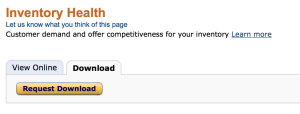 5. Click on the Download tab.
5. Click on the Download tab.
6. Click on “Request Download.”
7. While the report is being generated, the status will read “In Progress.”
8. After the report is completed, click on the Download button.
9. The download will be a TXT file, but you’ll need to open it in a spreadsheet program like Excel.
10. Select the entire spreadsheet and sort it by the sales rank column in descending order.
11. The spreadsheet will now show you the items in your inventory that have the highest sales ranks.
Once I’ve searched and sorted my inventory in one of the above methods, here’s how I make the determination of long tail inventory versus dead inventory:
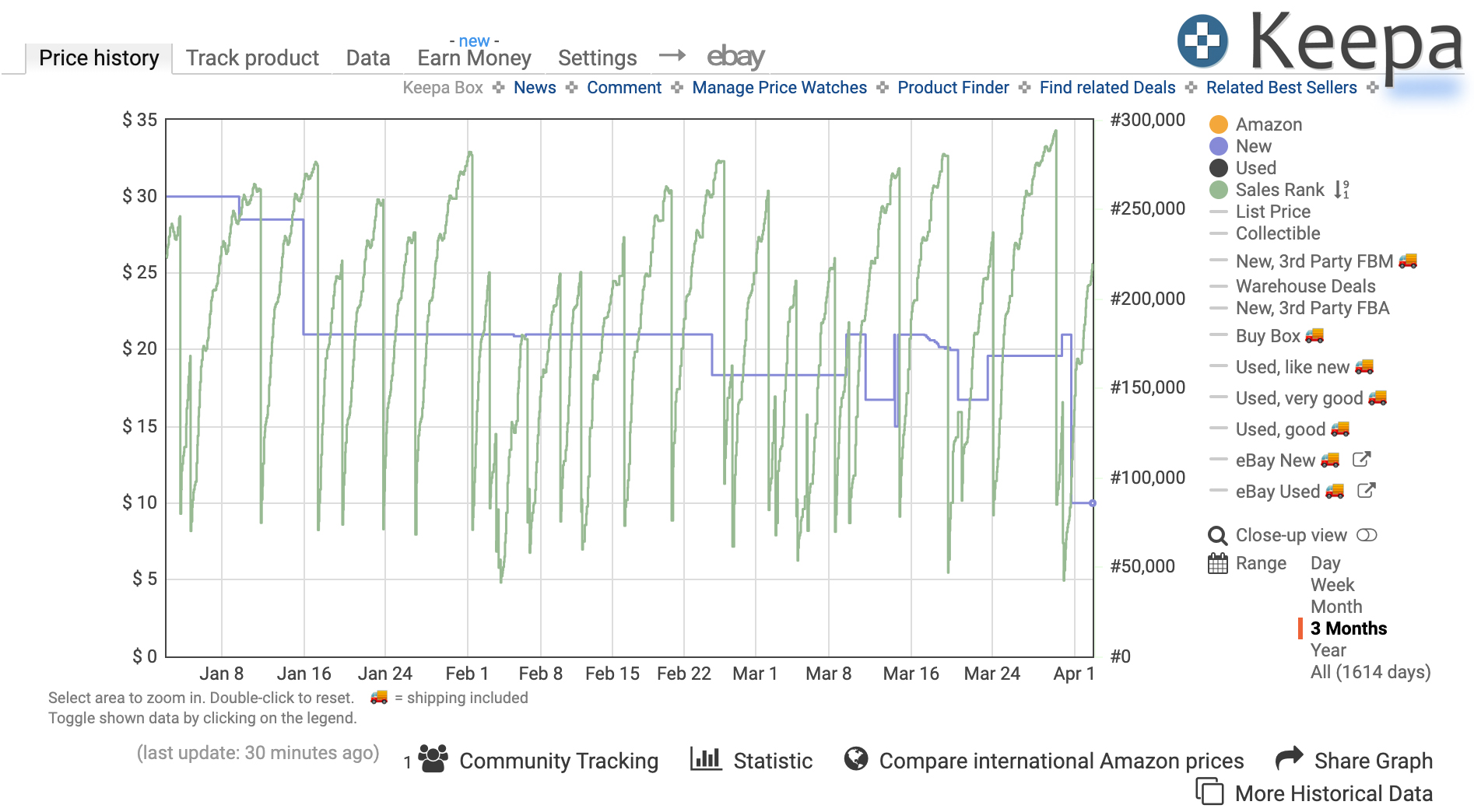 Look at the current low FBA price of the item and look at your price for the item. Are you the low price? Are you way above the low price? If you reprice to become the lowest price, would you be able to make any money on the item after fees, or at least break even after fees? You want to decide whether you can drop your price to recoup your capital or whether you would have to drop your price so low you would end up owing Amazon money after the fees.
Look at the current low FBA price of the item and look at your price for the item. Are you the low price? Are you way above the low price? If you reprice to become the lowest price, would you be able to make any money on the item after fees, or at least break even after fees? You want to decide whether you can drop your price to recoup your capital or whether you would have to drop your price so low you would end up owing Amazon money after the fees.- Look at the current sales rank and look at the Keepa sales rank history for the item. Do you think the sales rank will get better during a different season of the year? Does CCC show that this item just isn’t selling any more? Or selling any more at this price?
If the sales rank of an item is too high and doesn’t look like it will recover AND the profit of the item is so low that I wouldn’t source that item if I saw it again in the store today, then to me that item is dead inventory. It is a prime candidate to be destroyed or returned to me from the Amazon FBA warehouse.
Think about how long an item has been sitting in an Amazon warehouse and how often you have already repriced this item trying to get the next sale. If you have tried to do everything you can to get this item to sell and it hasn’t sold, then consider whether it’s time to move on from this inventory.
 At this point you might be saying, “Well, how long is too long? Give me a definite number of weeks, months, or years to know how long I should wait before deciding this inventory is dead.”
At this point you might be saying, “Well, how long is too long? Give me a definite number of weeks, months, or years to know how long I should wait before deciding this inventory is dead.”
I wish I could give you a definite number, but that number is different for each seller and for each piece of inventory. Here are a list of factors you should think through to decide for yourself how long to wait for a particular item to sell:
- Your business model (mostly fast turns? mostly long tail? balanced?)
- The number of items in your entire inventory
- The number of this particular item you have available
- Your available capital
- Your available time (Do you have more time than money? Do you not mind repricing and waiting?)
- The number of other sellers
If you think through the above factors and come to the conclusion that the only thing an inventory item is doing for your business is causing you monthly storage fees, if repeatedly lowering the price hasn’t given you the next sale, and if Keepa shows that the price and sales rank will probably not recover, then you should decide whether or not it’s time to create a removal order for the item.
 To create a removal order, simply go to Manage Inventory, and click on the arrows next to the Edit button for the item you’re wanting to remove. Then you can choose what type of removal order you want to create.
To create a removal order, simply go to Manage Inventory, and click on the arrows next to the Edit button for the item you’re wanting to remove. Then you can choose what type of removal order you want to create.
When you create a removal order, Amazon will take one of two possible actions with your selected inventory:
- Ship it to the address you choose.
- Destroy it.
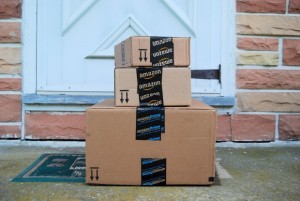 You can have Amazon ship an item back to your address, or you can have them ship it to another address of your choosing. I have items shipped back to me that I can then donate to a local charity, sell in a garage sale, use around my own house or business, or give to someone as a present (raise your hand if you’ve done your kids’ birthday shopping in your own inventory!). We’ve also had inventory items shipped directly from the warehouse as gifts for our nieces and nephews in other cities. Here are the Amazon guidelines concerning removal orders.
You can have Amazon ship an item back to your address, or you can have them ship it to another address of your choosing. I have items shipped back to me that I can then donate to a local charity, sell in a garage sale, use around my own house or business, or give to someone as a present (raise your hand if you’ve done your kids’ birthday shopping in your own inventory!). We’ve also had inventory items shipped directly from the warehouse as gifts for our nieces and nephews in other cities. Here are the Amazon guidelines concerning removal orders.
If you decide to destroy an item, Amazon may incinerate it, donate it, sell it as a lot, or sell it as Amazon Warehouse Deals. I tend to destroy items that I don’t think I could have a use for at my home or business, I don’t wish to donate locally, or I don’t think will sell at a garage sale.
Do you have dead inventory that you need to take care of? Have you come up with a plan to make the most of Amazon’s free removals this April? Let us know what you think about this topic in the comments.
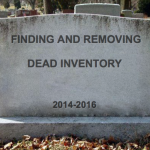


I have followed this advice and UPS has started coming today with my removals. I have over 1400 items coming home.. Most will get boxed for a local auction house. Thanks Stephen
Thank you for this information. Now I have a guide to help me decide what I want to remove!
I’ve read the guidelines and still unsure…are they charging for the return shipping?
Cindy, during the month of April (2016) Amazon is offering free removals (both to destroy or return an item to your house). Once May comes, the removal orders will return to their previous prices (around 20 to 60 cents depending on size and removal method)
AWANA , children’s scripture memory verse program at church, has an AWANA “store” where kids use tokens they’ve earned for memorizing Bible verses to shop and buy toys, books and games. AWANA was happy to receive my FBA donations.
A great way to get rid of your “dead” inventory!
Great article. Inventory management is key to overall success of this business.
Thank you for the thought provoking article. Where do I find the Settlement Report?
Here is a link to the details about Settlement Reports and how to download them: http://amzn.to/1SOlAQp
Thank you Steve for the step-by-step guide to deciding which inventory to return. I am been working on it since Amazon sent us the email, but not in the systematic way that you outlined. You have made my life much easier, and will save me a lot of time. Your postings never disappoint. Thank you for the work you do and for your support.
Free was the correct word for me to destroy dead books…426 gone from my monthly fees..I’ve even tightened up my sourcing..today i brought back 29 books from my trip..normally, I’d bring back 40+..stopping me from sending in books woke me up big time..
however, what does it mean when a book has no sales rank..just two dashes?
on most of those i was low price..but, will they ever sell?
as always, sage advice from Stephen
Good for you! Here is a blog I wrote about what a sales rank of zero means: https://www.fulltimefba.com/what-does-a-sales-rank-of-zero-mean/ Hope this helps!
Thanks immensely Steve, for the step-by -step process you laid out. It is awesome and also bringing up the “dead inventory” is definitely a thought provoking concept that most of us did not think about as we mainly focused on the long term storage fees and those monthly fees on dead inventory definitely adds up. I have ran the report and downloaded it and today, I will take a stab at making my decisions and getting rid of the dead inventory. Thanks immensely again for what you do and the time you put into it. May God mightily bless you.
Thanks Steve for the great information. It is extremely helpful.
I would like to request your input regarding some plugs with longer cords that I ordered from China, as one of my electrical products on Amazon was getting negetive feedback as it only included a cable, but did not inlcude a plug. I ran promotions through which the people could receive the plug free of charge when they bought my Amazon electrical product. The promotion did not do well, and now I have about 400 plugs remaining at the FBA warehouse, and I want to get rid of them. They also have my brand name on the polybag. I would love to get your advice on it, as to how to get rid of the plugs.
Thanks once again, and look forward to hear from you.